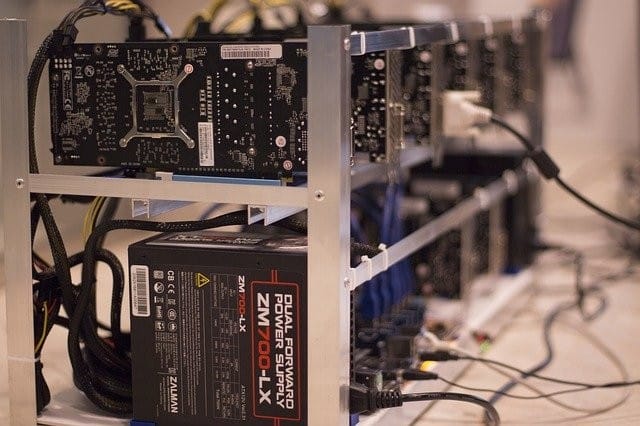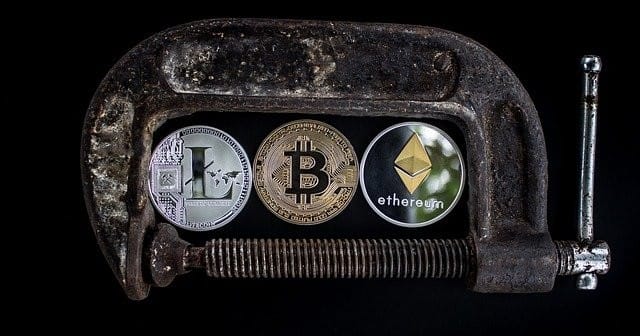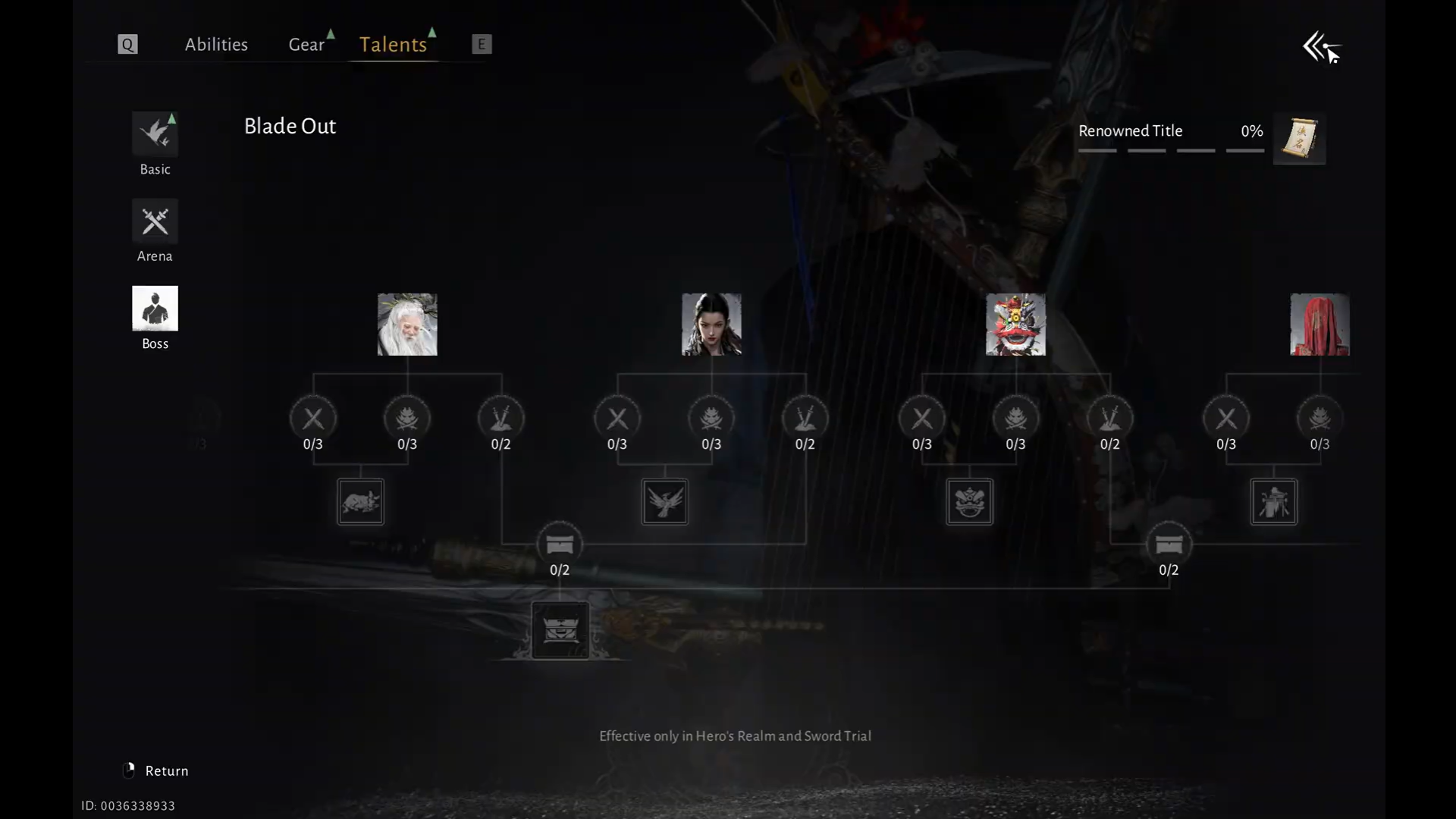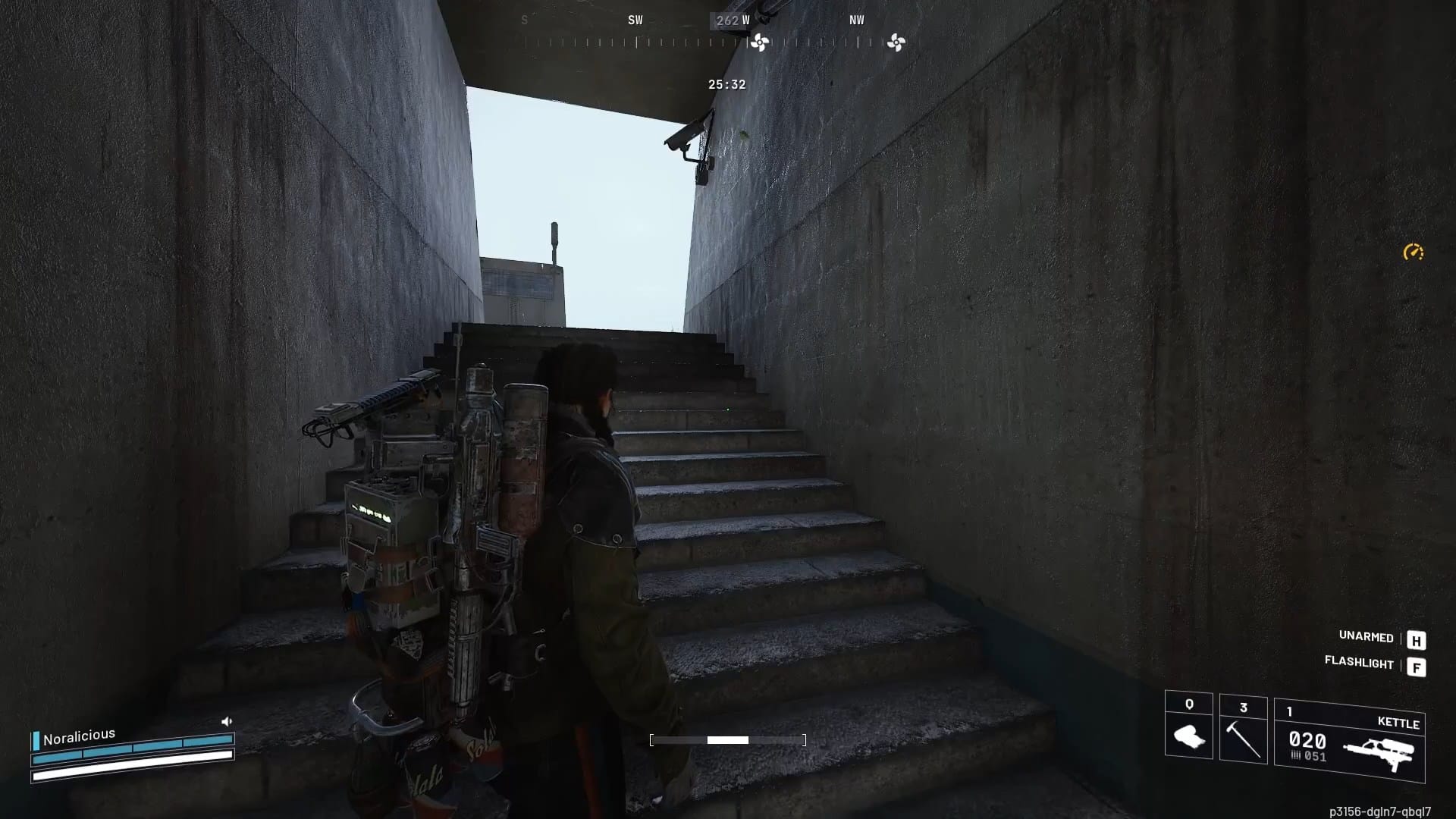As Bitcoin continues to win (and lose) fortunes across the globe, more and more investors – amateur and institutional alike — are taking a closer look at the actual mechanics of cryptocurrency to try and glean some insight into one of the most volatile investment landscapes in existence.
Before Satoshi Nakamoto first published the 2009 white paper that would usher in a new era of virtual currencies, the chief obstacle to constructing a digital store of money without a central authority to administer it was security. Unlike traditional currencies like USD or commodities like oil and gold, each unit of Bitcoin was merely a sequence of code.
What could stop malicious actors from easily duplicating the currency? Or rather, spending the same coins multiple times? And how could anybody trust a public ledger of transactions stored online in a world where every other day news breaks of yet another cyberattack? The answer to that question was something known as the Proof of Work protocol.
But, perhaps, not anymore. The Proof of Work protocol made cryptocurrency possible, solving major problems maintaining the security and integrity of the blockchain — but, as Bitcoin and other cryptocurrency has proliferated and scaled, Proof of Work has created quite a few problems too.
To solve these problems, many currencies are now turning towards an alternative consensus algorithm called Proof of Stake that aims to accomplish the same goals as Proof of Work — albeit in a very different, and more sustainable manner.
Related: Nerdschalk Explains: What is Proof of Work?
Proof of Work Issues:
It Chews Up Power

The way Proof of Work provides security is by prompting users with a cryptographic puzzle – in the case of Bitcoin this is known as a hash puzzle — that requires substantial computational effort to solve. Nodes, or individual computers within the Bitcoin network, known as miners, must solve these puzzles in order to add a record of transactions, known as a block, to the Blockchain.
Conversely, other nodes in the network can verify whether or not this puzzle was accurately solved with minimal effort – meaning it’s hard to add a block to the blockchain, but easy to verify its authenticity.
This makes it expensive and unrewarding to attempt a cyber attack that would alter the blockchain in any way; Attackers would have to expend serious computer power to tamper with a block in the blockchain and, because of the way the blockchain works, they would have to edit every other subsequent block in the chain in order to disguise their fraud.
This is because the “DNA” of every previous block in the chain can be traced backwards all the way to the very first genesis block. Miners are incentivized to expend the power to solve these puzzles and add transaction records to the blockchain with rewards – currently 6.25 Bitcoins for every 1mb “block” of data – but not every minor is guaranteed success.
Bitcoin mining is competitive.
It is a race to solve each puzzle by guessing as many answers per second as computationally possible — more computer power means more guesses which means proportionately higher chances of being the one to solve the puzzle first and be rewarded.
This has created something of an arms race within the Bitcoin network. As the currency has soared in value and the stakes have risen, miners have dedicated more and more power to their setups to gain an edge over the competition.
But computation at the rate required for Bitcoin mining is expensive: not only do you need bigger, better server setups that come with hefty upfront costs, these machines also chew up power like it’s nobody’s business.
So much so that the Bitcoin network alone consumes more electricity than the entire country of Argentina! This is bad news for the environment and is a direct result of the Proof of Work algorithm.
The Blockchain Becomes Centralized

The second problem created by the competitive dynamic imposed by the Proof of Work protocol has been the gradual centralization of the Bitcoin network’s computing power. One of the primary goals of Bitcoin and cryptocurrencies in general was the creation of a decentralized currency that could operate outside of traditional banking channels and beyond the purview of any singular entity.
This was ostensibly a way for groups unable to utilize traditional banking channels to grow wealth, such as refugees, stateless persons, or those living under totalitarian regimes (as well as, unintentionally, less upstanding members of society) as well as provide better security to all users by the elimination of a requisite third-party.
However, as the computational arms race has heated up in the wake of soaring value, it has become prohibitively expensive for smaller scale nodes to stage viable Bitcoin mining operations.
In order to have a decent chance of winning the puzzle-solving race for a block, you need to have a colossal amount of processing power, and as we already illuminated, that costs serious money – both for the hardware as well as the maintenance and power costs.
This constitutes a significant barrier to entry for many entities looking to get in on the Bitcoin mining race, leaving only the largest, most entrenched heavyweights in the arena for each block. Many smaller miners work in “mining pools” that operate as a single entity, combining computer power to win the puzzle race and split the spoils proportionately.
Currently, the top three mining pools control almost half of the entire Bitcoin network. This defeats some of the purposes that Bitcoin originally set out to with by putting the network in the hands of just a few entities.
Should the said entities ever join forces, they would be within range of complete control over the network. This would not only centralize the first decentralized virtual currency, it might also destroy it for reasons we will go into next.
It has an Achilles Heel

The Proof of Work protocol, though the bedrock upon which cryptocurrency was first secured and made viable, does harbor a true Achilles’ heel that could one day be its undoing.
Because the competitive nature favors higher amounts of computer power, if any one entity were able to obtain more than 50% of the Bitcoin network’s total computer power it would, for as long as it were able to retain that share of the network, be able to block other miners from recording transactions, monopolize the entire share of the total mining output, and block verification of each block, allowing them to reverse transactions and “double-spend” their Bitcoins.
This is known as a 51% attack and has yet to occur – but remains hypothetically possible given enough computer power.
While considered a remote possibility even now, the aforementioned gradual centralization of the currency has made many concerned about this key vulnerability. While attackers would, even with the vast impunity afforded them by a successful 51% attack, find it difficult to alter the historical records of the blockchain, exploitation of this weakness would destroy confidence in the currency and likely severely damage it forever — if not kill it outright.
What is Proof of Stake?
Proof of Stake is a completely different consensus algorithm that is designed to preserve the same integrity and security of a Blockchain that the Proof of Work protocol provides but with completely different methods.
The key difference is that, as the name suggests, rather than proving that computer power has been expended by racing to solve a hashing puzzle, miners (or in this case, validators) “stake” a certain amount of cryptocurrency that serves as something like a bid/security deposit hybrid.
Using a variety of selection methods to pick potential validators, Proof of Stake is designed to avoid cultivating the computing arms race, provide the same security, and patch a few of the glaring cybersecurity holes in the Proof of Work protocol.
Down below, we’ll explain how Proof of Stake is designed to address the issues of Proof of Work and why many argue for its increased implementation in upcoming — and existing — blockchain technology.
Proof of Stake vs Proof of Work
Less Energy-Intensive

Rather than pitting them against each other in a race to solve the computationally intensive hash puzzle, miners in a Proof of Stake dynamic are instead randomly selected to validate blocks of data in exchange for a cut of the transaction fees.
To disincentivize attackers, the Proof of Stake protocol requires users to stake a certain amount of their own currency as a sort of security deposit.
The more a minor is willing to stake, the higher the probability they will be selected to validate the block and obtain a cut of the transaction fees. This way, nodes are not incentivized to expend enormous amounts of computer power all at once.
Instead, only the node selected needs to expend the computer power necessary to add the valid block to the blockchain — and then only enough to get the job done.
This way there is no incentive for nodes to compete against each other in a computational arms race, lessening the energy consumption of the network and massively reducing the environmental footprint of a currency that uses Proof of Stake security protocols.
A Guard Against Centralization

Some may be quick to point out that by assigning likelihood according to the amount one stakes, the protocol could incentivize the same centralization that Proof of Work encouraged by favoring larger, richer entities.
However, many Proof of Stake systems uses extra sorting methods to assign some randomness to the selection process.
One such method is known as coin-aging, in which staked currencies accrue “age” the longer they’re staked by a node. A stake’s coin-age is taken into account alongside its total value when assigning probability — meaning that higher values still increase the likelihood, but those “waiting in line” will eventually get their turn irrespective of how much they can stake at any given moment.
This is only one method that can be employed to ensure a fair selection process that negates any incentive to participate in the arms race that led Bitcoin to become the energy sinkhole it has become.
Less Vulnerable to a 51% attack

The added benefit of requiring nodes to stake their own currency is that it further negates any attempt to launch a 51% attack. Because a would-be miner’s coins become forfeit in the case of fraud, users would have to lock in over half of the entire network’s cash value in order to launch their attack and then see it vanish.
In the case of Bitcoin, this would mean tens of billions of dollars – leaving aside the monumental task of accruing a historic fortune in cryptocurrency, it removes any hope for financial gain in the case of a 51% attack.
Is Proof of Stake Better?

This way, a Proof of Stake system is able to protect the integrity of a blockchain without encouraging users to consume as much power as a top 10 country and without the glaring Achilles’ heel inherent to a Proof of Work system.
While Proof of Stake itself still isn’t perfect, requiring developers to intelligently design their validator-selection process to prevent incentivizing any undesirable behavior within the network, it certainly constitutes a strong contender for the next evolution of blockchain development.
Because of this, numerous cryptocurrencies like Cardano’s Ouroboros have been developed using a Proof of Stake system or are actively shifting onto it, like Ethereum’s Ether.
As the system continues to evolve, there will of course be new challenges as part of the continual process of technological evolution — what is clear is that, for now at least, a Proof of Stake system seems like a healthier way to protect the value of the worlds most intriguing, novel currencies.
What do you think about the Proof of Work versus Proof of Stake debate? And what current cryptocurrencies are you most excited about? Feel free to let us know, and shoot any questions at us, in the comments down below!













Discussion